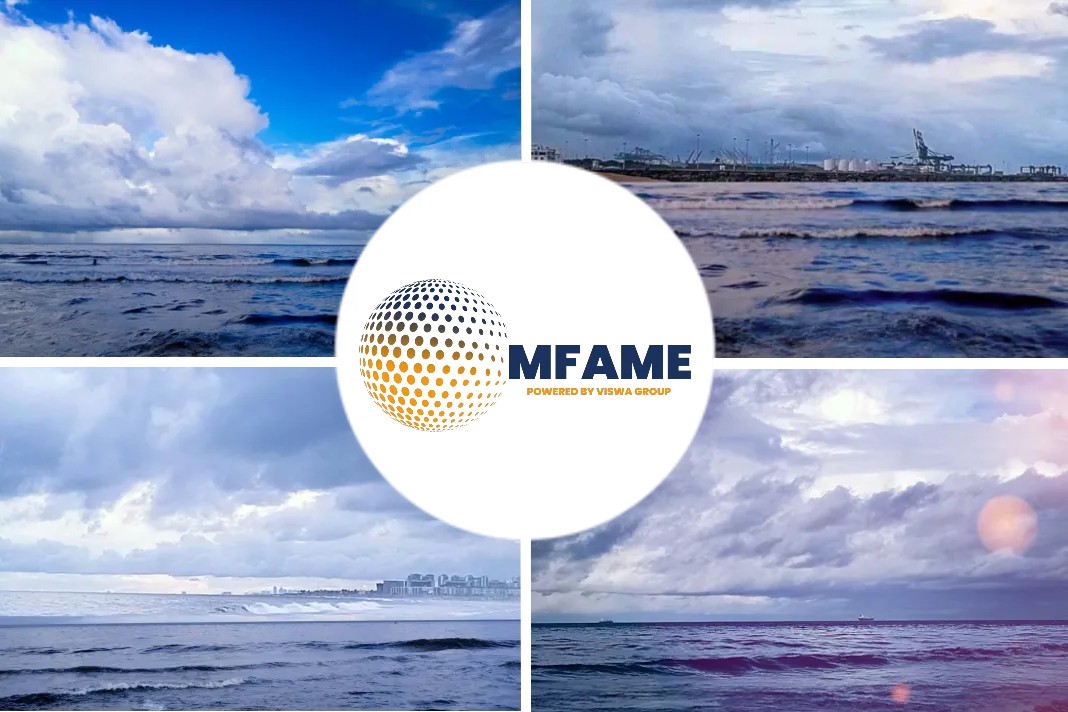The severity of the bottleneck that persists at Canada’s Pacific Gateway is reflected in a new report by the World Bank that ranks the performance of major ports around the world, reports Daily Hive.
Out of 370 ports around the globe, the Port of Vancouver is ranked at 368th — or the world’s third worst port.
In fact, the Container Port Performance Index, based on 2021’s data, created two separate rankings — the administrative approach, and the statistical approach — to account for varying considerations and factors in determining performance.
In both the administrative and statistical rankings, the Port of Vancouver ranked 368th.
In comparison, Prince Rupert in northern British Columbia is 344th in the administrative ranking, and 339th in the statistical ranking.
To the south, Seattle is 336th in the administrative ranking and 322nd in the statistical ranking, while Tacoma is 345th in the administrative ranking and 341st in the statistical ranking.
Commonality
But Vancouver shares much more commonality with the ports of Long Beach and Los Angeles, which are 369th and 370th in the administrative ranking, respectively. In the statistical ranking, both Californian ports switch spots for the title of the world’s worst port.
These West Coast ports are the main trade linkages for Canada and the United States to the manufacturing hubs of Asia, with Vancouver being Canada’s primary gateway to the Asian market.
The major ports on the West Coast of North America have particularly struggled from keeping up with the unprecedented surge in consumer demand triggered by the pandemic’s initial economic impacts and the brisk economic recovery that followed.
Restrictions
Over the last two years when health restrictions were in place, disposable income that would have regularly flowed towards dining, entertainment, services, and travel accumulated into large savings, which were later redirected not only into housing but also towards consumer goods — especially through online shopping.
The demand for consumer goods from North Americans has propelled the demand flows of shipping from Asia to North America, but the same volumes are not being experienced for the return trip eastward across the Pacific.
Shipping cost
Costs for shipping have escalated exponentially due to not only high demand, but also the result of shipping companies sending their containers back to Asia empty, given the severe shortage of containers in Asia for exports and to avoid further congestion at North American ports.
But the empty containers are not being shipped back to Asia quick enough, so temporary off-site empty container storage facilities, like the facility in South Richmond, enable ports to better catch up with the demand surge.
In October 2021, the City of Long Beach in the Los Angeles region enacted a temporary emergency policy allowing off-site container yards and warehouses to place up to four containers in a stack instead of the two normally allowed. Up to five containers were also allowed through a further approval process. This policy was implemented to free up space at the congested ports of Long Beach and Los Angeles.
Other bottleneck factors that transcend port facilities include major labour shortages of port staff and freight truck drivers, the Ever Given ship’s ripple effect globally when it blocked the Suez Canal for nearly an entire week in March 2021, and more recently the global impacts on shipping as the result of Russia’s invasion of Ukraine.
It also remains to be seen whether China’s strict COVID-zero strategies of shutting down its major hubs, such as Shanghai, will have an added compounding negative effect on global shipping.
When all of these factors are combined, they greatly drive the rampant inflation of consumer goods and services, and the upward pressure on labour costs.
More locally, Vancouver’s port facilities were particularly impacted by the extreme weather events of late 2021, when floods and mudslides in the BC interior severed the mountain highway and railway connections linking Metro Vancouver to the rest of Canada. Trucking protests earlier this year also had an impact.
Did you subscribe to our daily Newsletter?
It’s Free! Click here to Subscribe
Source: Daily Hive






















